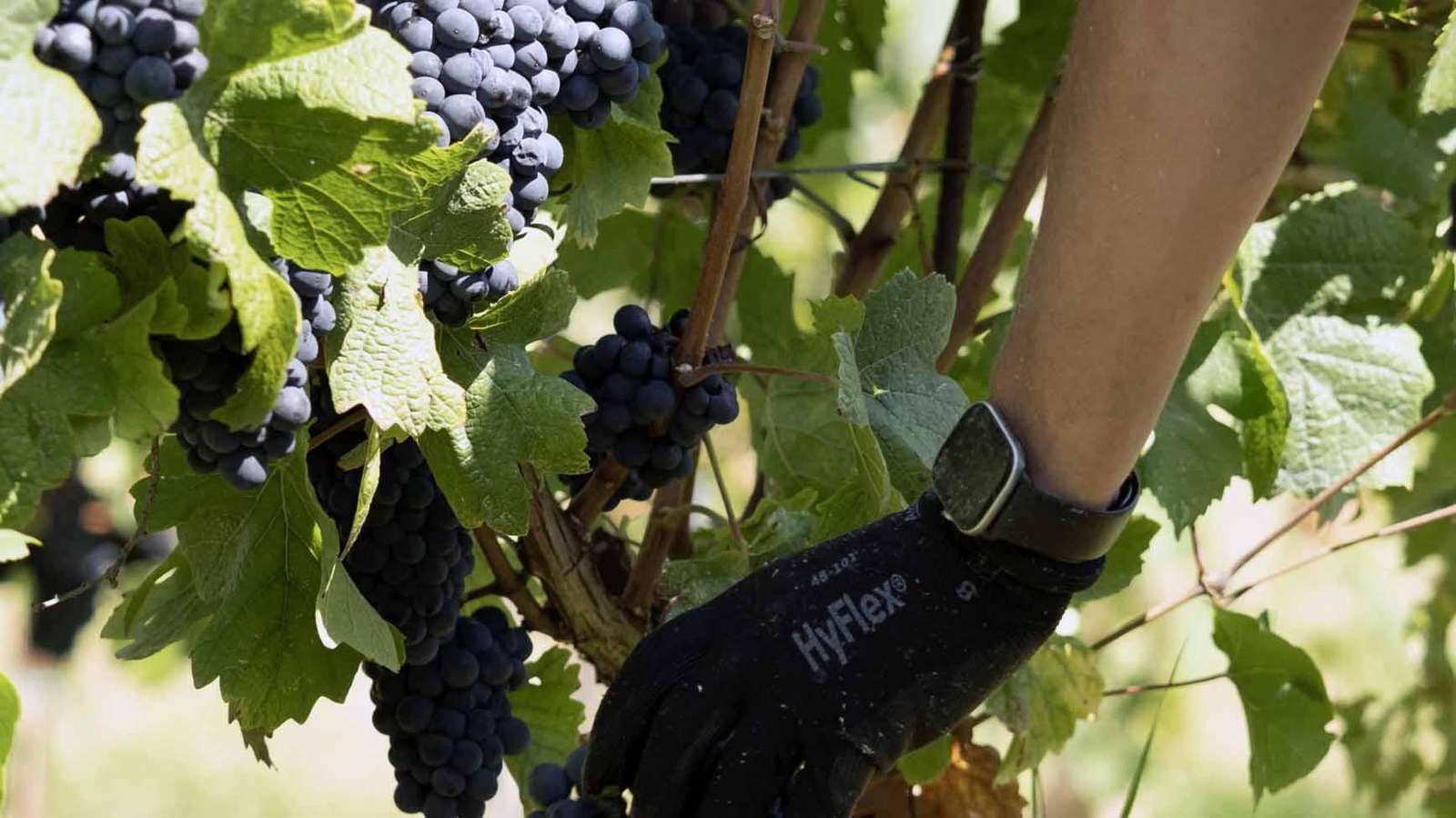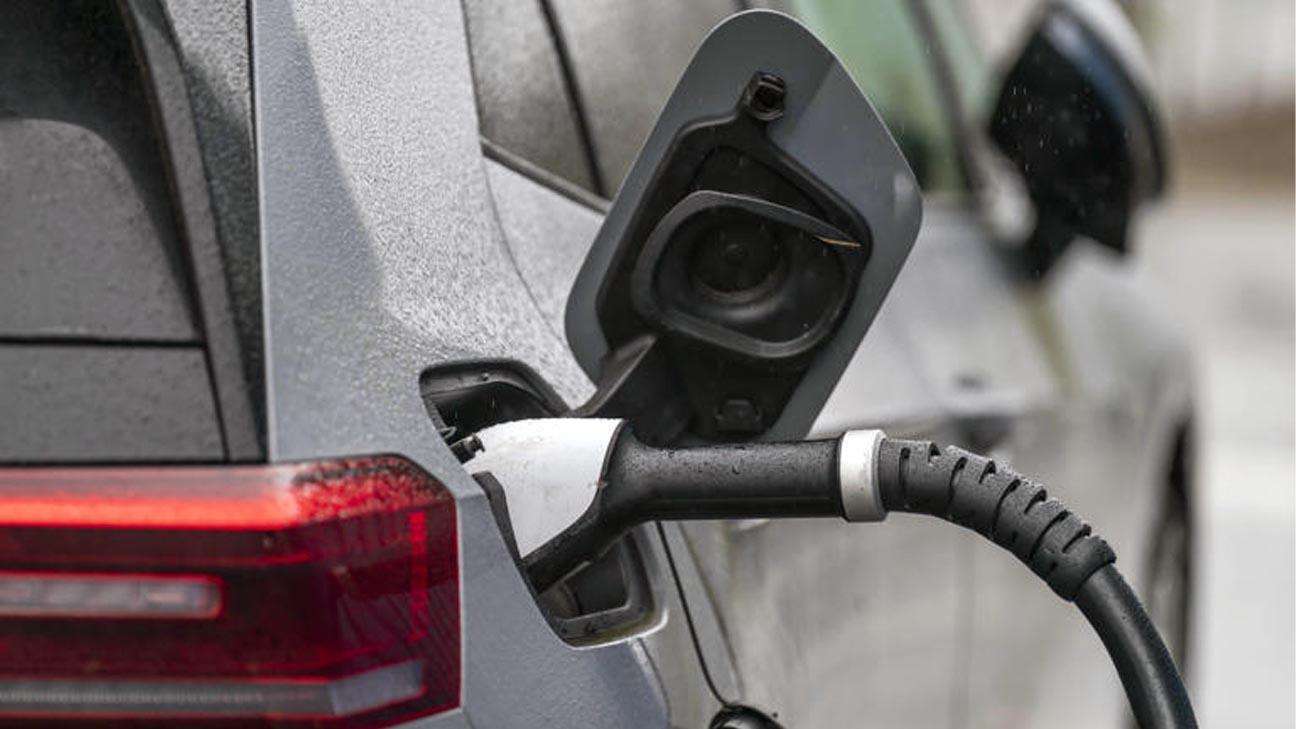Each month in the calendar carries its share of weather folklore, and August has its own saying: “When it rains in August, it rains honey and wine.” While poetic, this proverb reflects a mixture of agricultural wisdom and observation passed down through centuries.
Wine and the August Rain
Historically, vineyards were rarely irrigated, relying almost entirely on natural rainfall to nourish the vines. Many traditional winemakers still believe that rain, rather than artificial irrigation, helps maintain the unique terroir—the characteristic flavour and identity of wines tied to specific soils and climates. Irrigation can dramatically increase grape yields, sometimes quadrupling production per hectare, but critics argue that it dilutes flavour and weakens quality.
Rainfall in August, when grapes are ripening, can influence both the quantity and quality of the harvest. A wet month tends to swell grapes, leading to larger yields but lighter, less concentrated wines. By contrast, in dry years, vines may struggle and produce smaller harvests—but often with more intense flavour, leading to prized vintages. Late summer showers can also be a lifeline; in Bordeaux in 1995, timely August rains rescued vines that were close to failing, ensuring the survival of that year’s harvest.
Modern viticulture is more complex, with some regions introducing controlled irrigation and canopy management to reduce the risks of drought or excess rain. Nonetheless, the folklore captures an old truth: rainfall at the right time can make the difference between abundance and scarcity.
Honey, Bees, and Rainfall
For bees, August is often a critical month, as colonies prepare for the leaner autumn and winter ahead. Heavy rainstorms, common in late summer, generally hinder honey production. Torrential rain can damage flowers, wash away nectar, or dilute its sugar content, while prolonged wet weather forces bees to stay inside their hives instead of foraging. Reduced flight time means less nectar collected and, therefore, less honey.
However, moderate and steady rainfall tells a different story. By boosting plant growth and extending the flowering season, August rain can actually help bees. Nectar production in clovers, heather, and other late-summer blossoms increases with consistent moisture, giving bees more opportunities to gather food. In regions where beekeeping is tied closely to wildflowers, such as the Scottish Highlands with its famed heather honey, the right balance of rain and sunshine in August can make or break the season’s yield.
Folklore and Fact
Weather lore is often exaggerated or oversimplified, but sayings like this one stem from long observation of nature. Farmers and beekeepers once relied on such wisdom to predict outcomes in the absence of modern science. Today, climatology and agricultural research show that rainfall patterns in August do indeed influence both wine production and honey harvests—though the effects are nuanced.
So, while not every August shower guarantees “honey and wine,” the proverb is rooted in practical truth: the timing and type of rain in late summer can tip the balance between a poor season and a plentiful one.








.svg)


_1.jpg)